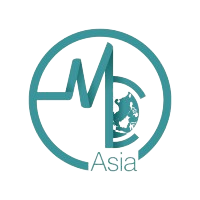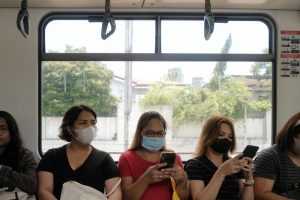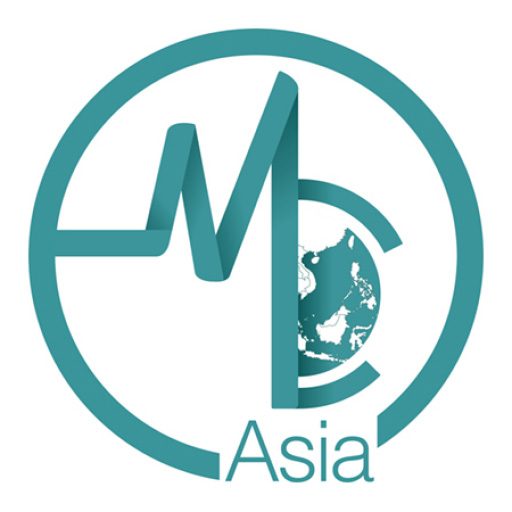Health insurance is an important aspect of financial planning as it helps to cover healthcare costs in the event of an injury, illness, or disability.
For Singaporeans, the government provides a basic health insurance plan, known as MediShield Life, which covers large medical expenses. However, there are other types of health insurance plans available that provide additional coverage. In this article, we will discuss the different types of health insurance plans and the key considerations when choosing a plan.
Types of Health Insurance Plans
- Hospitalisation plans: This is the most basic type of health insurance plan that covers hospitalisation expenses, including room charges, surgical fees, and medication costs. Some hospitalisation plans may also cover outpatient treatments.
- Integrated Shield plans: This is an add-on to the basic hospitalisation plan that provides additional coverage for private hospitalisation, specialist consultations, and medical procedures not covered by the basic plan.
- Critical illness plans: This is a standalone plan that covers the costs associated with critical illnesses such as cancer, heart attack, and stroke. It provides a lump sum payout to help cover the costs of treatment and recovery.
- Disability income plans: This plan provides income replacement in case you become disabled and are unable to work. It provides a regular income to help cover your daily living expenses.
- Long-term care plans: This plan covers the costs associated with long-term care such as nursing homes, hospices, and home care. It provides a payout to help cover the costs of care.
Key Considerations When Choosing a Health Insurance Plan
- Your health status
If you are relatively healthy, a basic hospitalisation plan may be sufficient. However, if you have a pre-existing condition or a family history of illnesses, you may want to consider an Integrated Shield plan or a critical illness plan.
- Your budget
Health insurance premiums can be costly, so it is important to choose a plan that fits your budget. You may want to consider a plan with a higher deductible or co-payment to lower your premiums.
- Read the fine print
Before signing up for a health insurance plan, it is crucial to read the terms and conditions carefully. Look out for exclusions, limitations, and waiting periods.
- Coverage for family members
If you have a family, do ensure that they are adequately covered. Check that the deductibles and co-insurance payments are affordable for the long term.
- Company health insurance
If you are covered under a group health insurance policy, find out what you are covered for and if the policy ends when you change employer or retire. You should have a personal health insurance policy as well.
- MediSave account
MediSave is a savings account for healthcare expenses, not a health insurance policy. You can use your MediSave to pay for hospitalisation, day surgery, and certain outpatient expenses. You can also use it to pay for premiums for MediShield Life, Integrated Shield Plans, ElderShield, and CareShield Life. - MediFund scheme
If you have difficulty paying your medical bill at a MediFund-approved institution, you can apply for assistance under the MediFund scheme. Approach the medical social workers at the MediFund-approved institutions where you have received treatment to apply.
Regular Review of Health Insurance Coverage
In conclusion, health insurance is an important aspect of financial planning for Singaporeans. While the government provides a basic health insurance plan, MediShield Life, there are other types of health insurance plans available that provide additional coverage. When choosing a plan, consider your health status, budget, and the coverage for your family members.
Read the terms and conditions carefully, understand the coverage provided, and ensure that you have a personal health insurance policy in addition to any company health insurance coverage. Additionally, understanding the benefits and limitations of using your MediSave account and the eligibility criteria for assistance under the MediFund scheme can also be helpful when planning for healthcare expenses.
Do note that your health insurance coverage needs may change over time, especially as one’s health status and family circumstances evolve. As such, it is recommended to regularly review and adjust one’s health insurance coverage accordingly.
In summary, while the government’s basic health insurance plan, MediShield Life, provides coverage for large medical expenses, there are additional health insurance plans available that can provide more comprehensive coverage. When choosing a health insurance plan, it is important to consider factors such as health status, budget, coverage for family members, and eligibility for assistance under the MediFund scheme. Regular review and adjustment of health insurance coverage can help ensure that one is adequately protected against healthcare costs.













